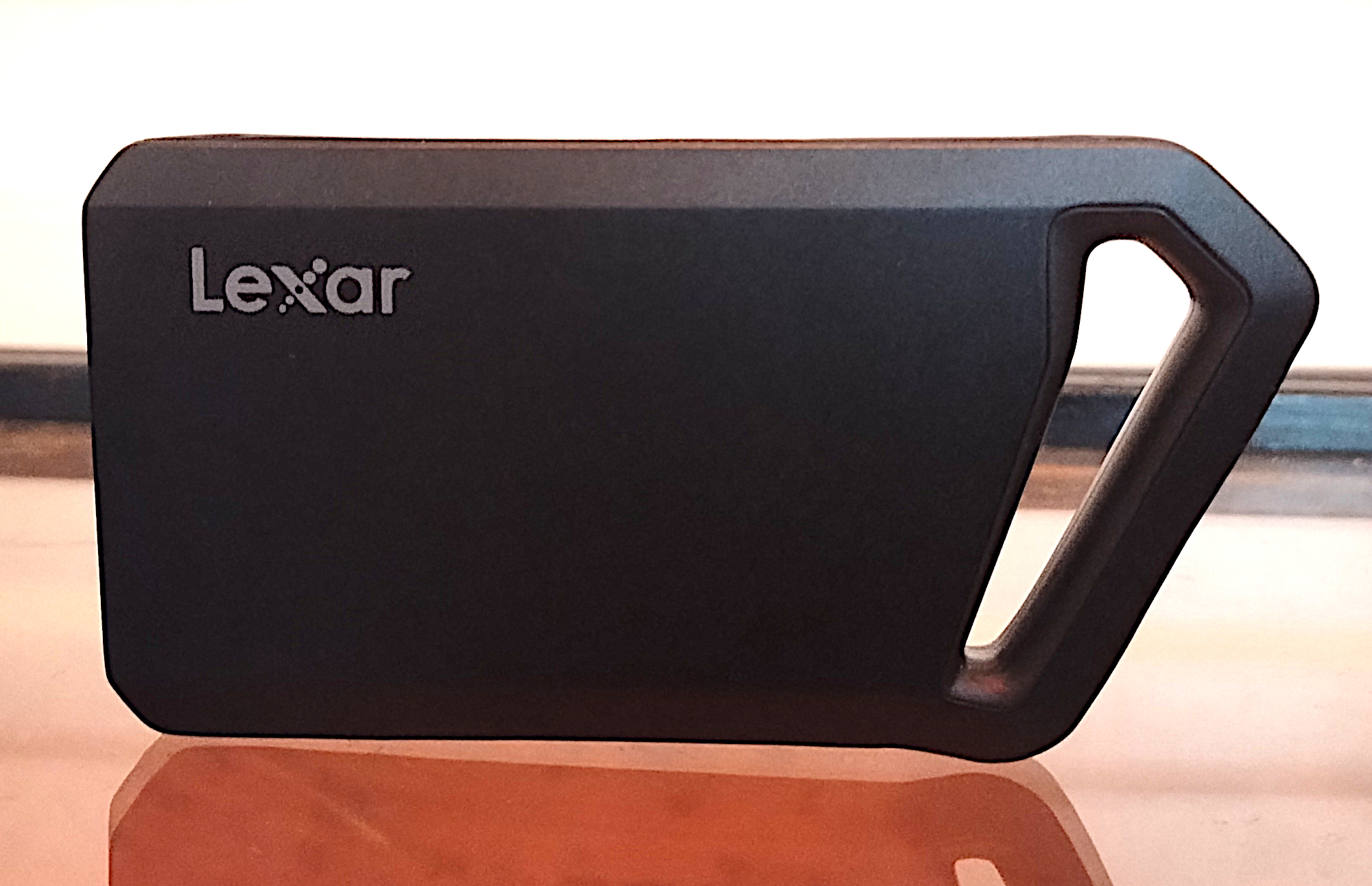Laptop designs are getting weird again, and I’m all for it

Remember the first laptops? They were weird. Ancient laptops were often as large as desktop computers but only had tiny screens that could only display a few dozen characters.
Over time, progress ironed out the flaws and peculiarities of those first laptops—and the ultrabook trend of the 2010s pushed laptops to their natural conclusion: thin, light, and anonymous.
But in 2025, a new trend has emerged. As Intel, AMD, and Qualcomm compete to provide more options, and as experimentation becomes less risky on certain fronts, the PC laptop arena has witnessed an explosion of laptops that are unique, unusual, and (in some cases) just plain odd. And if you ask me? I’m loving it.
Table of Contents
Dual-screen, foldable, and rollable laptops have become a reality
Laptops have always required compromise when it comes to display size. A larger display is a better visual experience than a smaller one, but makes the laptop less portable. This trade-off has long haunted laptops.
But not anymore.
The Asus Zenbook Duo and HP Omen X 2S, both released in 2019, were some of the first laptops to seriously hint at this possibility. They weren’t the first laptops with dual displays—remember the Lenovo ThinkPad W700ds?—but they were more affordable and more practical than prior attempts. HP didn’t stick with the idea, but Asus did.
But while Asus was an early leader in dual-screen laptops, it was Lenovo who took the idea and truly ran with it. The company has pushed laptop displays to absurd limits with numerous world-first designs, including the first laptop with a foldable OLED display, first laptop with a rollable OLED display, and first laptop with an E-Ink display on the lid.
Lenovo also released the first dual-screen laptop with a second full-sized display in place of a physical keyboard—the Yoga Book 9i—although Asus has since responded in kind with its ZenScreen Duo.
The biggest surprise is not that these laptops exist, but that many of them are excellent. The Yoga Book 9i and Asus Zenbook Duo dual-screen laptops have received positive reviews, and the 2024 Yoga Book 9i won a PCWorld Editors’ Choice award. More recently, Lenovo’s first rollable OLED laptop also won an Editors’ Choice award.
Repairability returns, open source rises
Wild features and quirky add-ons
Repairability has improved in part due to lower manufacturing costs and more widespread availability of factories across the globe that can produce PC components at reasonable costs, even with small production runs. This has also led to another positive: lots of quirky features.
Gaming laptops have benefited greatly from this new reality. Asus introduced the AniMe Matrix display, a customizable monochromatic LED grid on the lids of some Asus gaming laptops that can show logos and even animations. It’s the kind of thing that used to be reserved for prototypes or one-off showpieces beyond the reach of most shoppers, but it’s now a key feature in mid-range to high-end Asus gaming laptops.
Acer, meanwhile, introduced an entire line of SpatialLabs glasses-free 3D laptops (and, more recently, a monitor). These provide a convincing 3D experience in a handful of games and productivity software. And while the SpatialLabs monitor is too expensive for what it offers, the SpatialLabs laptops are reasonable with prices that start around $2,000.
And Framework deserves another mention here for what I think is the company’s most practical feature: swappable physical connectivity. Instead of building ports directly into the laptop’s core design, Framework lets users mix and match ports in a modular way—and those ports can be purchased with the laptop or later after the fact. If you replace your HDMI display with one that has USB-C, for example, you can simply buy a new USB-C port from Framework.






